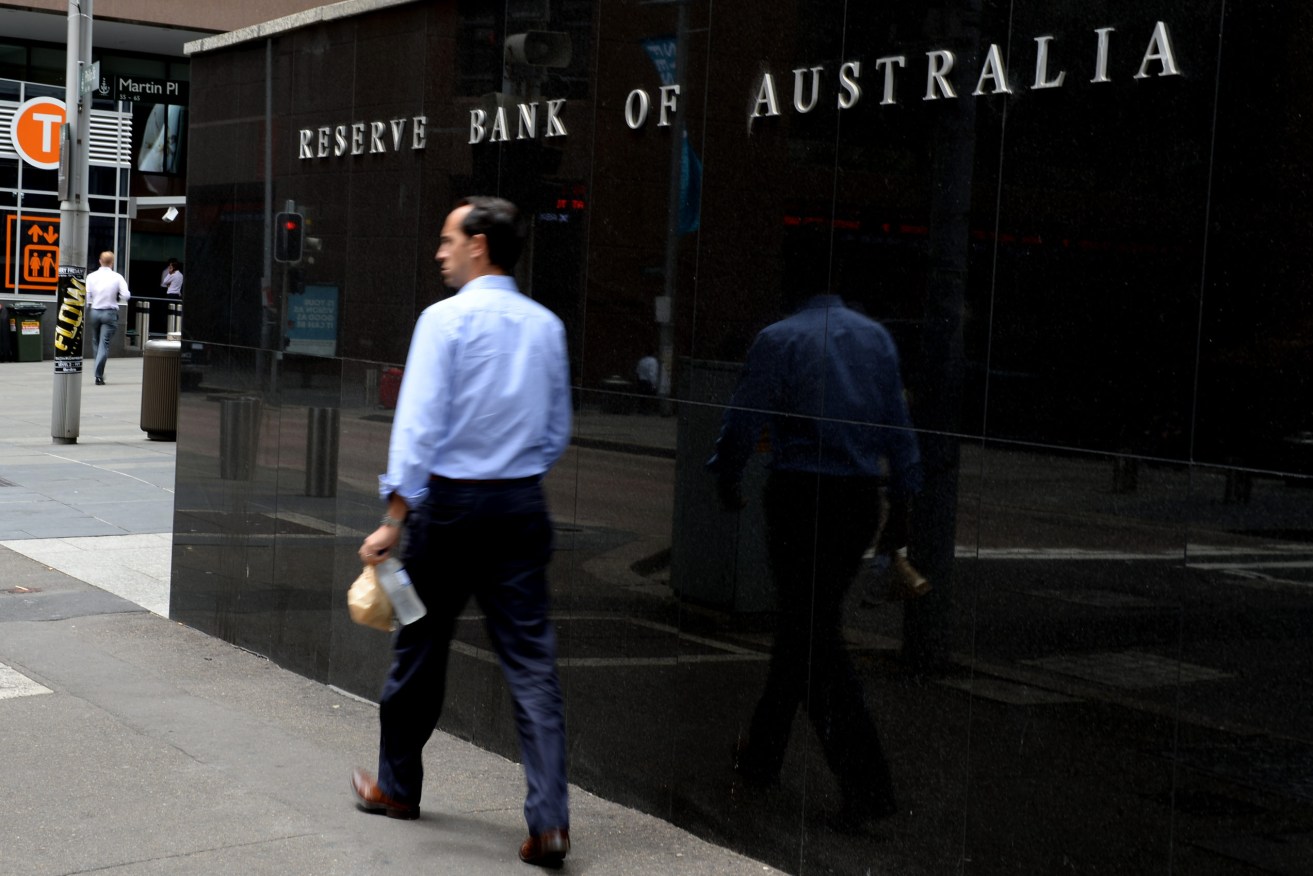The Reserve Bank of Australia’s half-yearly financial stability review released on Friday shows many households suffered income falls due to job losses, reduced working hours and lower wages.
Most of the impact was offset as people sought loan repayment deferrals and the federal government provided cash support though programs like JobKeeper and JobSeeker, as well as allowing access to superannuation savings.
As at July, about 30 per cent of the working-age population was benefiting from JobKeeper, JobSeeker or similar payments, and around three million requests for early access to super funds were ticked off.
A big portion of the super money was used to pay down debt or build home loan deposits and overall household savings rates for renters, mortgagors and outright homeowners “greatly” increased.
The RBA said it was uncertain whether those households that strengthened their financial position by saving would soon spend that money.
“However, fiscal measures to support low and middle income households, including income tax cuts, will help to support households’ financial position and spending going forward.”
Unemployment is set to peak at around eight per cent in the December quarter – according to this week’s federal budget release – so households are not yet out of strife.
“With further increases in unemployment expected, more households will experience financial stress,” the RBA warned.
At the end of August, mortgage repayments were deferred on around seven per cent of housing loans, by number, and about 75 per cent of deferred loans had prepayments of less than three months’ worth of repayments.
Deferrals began expiring in late September with most due to run out before the end of October, unless borrowers can agree on special arrangements with their banks.
“It is likely the share of loans exiting from deferrals and then beginning to miss payments will increase over coming months,” the RBA said.
“Banks have assessed that about 15 per cent of deferred loans are at greatest risk of not being able to resume repayments when the deferral period ends.”
The future of many businesses is also uncertain.
Most have survived through government programs and deferred repayments of loans, the RBA said.
However, banks and loan providers are hoping businesses can resume repayments, while the government’s JobKeeper employer program is due to expire in March.
“As the downturn persists and the support starts to unwind … it is likely that business failures will rise,” the RBA said.
Despite the scenario, the RBA said the financial system was strong enough to withstand Australia’s coronavirus-led recession.
But risks remain, especially if the federal government’s optimistic outlook for economic expansion in 2021/22 falls short.
The RBA could lower its key cash interest rate to 0.1 per cent, from the current record low 0.25 per cent, at its next monetary policy meeting in November, local securities market pricing suggests.
– AAP





